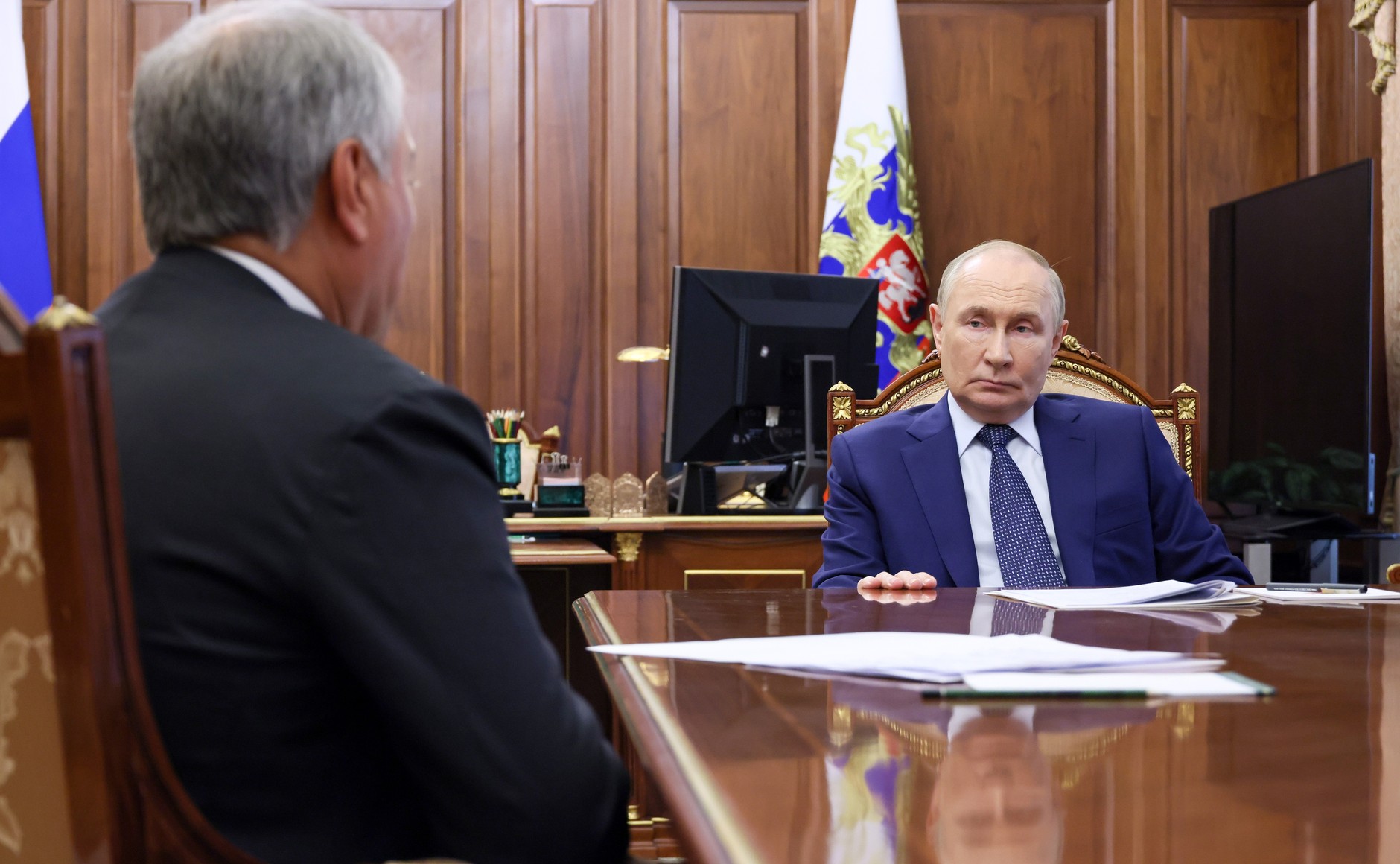
Western Sanctions and Russia’s Surprising Financial Trap
Western Sanctions and Russia’s Surprising Financial Trap
On September 30, trading on the Moscow Exchange pushed up the Russian ruble to 62.81 per US dollar, its highest recorded value for the current year (RT, October 3), marking a 31 percent appreciation versus the greenback since end of January 2016. The move reflected, first of all, decreasing geopolitical risk to the Russian economy. Second of all, it was a market reaction to US Vice President Joseph Biden’s remarks at the Council on Foreign Relations, in New York, where he warned about the growing willingness of some European Union countries to lift the sanctions imposed on Russia back in 2014 (BBC News—Russian service, September 22).
No one knows for certain when European or US sanctions on Russia will actually be lifted. But one counterintuitive aspect of the Western sanctions regime has received almost no notice to date: namely, Russia’s economy at present might be harmed more by a sudden lifting of sanctions than if those punitive measures remain in place. The reason for this is that Russian businesses and ordinary people have already largely adapted to living under the present-day conditions, which Economy Minister Alexey Ulyukaev and some leading economic decision-makers in Moscow have taken to calling a “new normal” (Vedomosti, March 18). Russia’s corporate sector has reduced its foreign debt from $659 billion to $509 billion in less than two years (Cbr.ru, accessed October 5); the economic downturn is bottoming out (the forecast for 2016 points to only a 0.6 percent decrease in GDP) (Interfax, September 27); and inflation may soon hit a record low for Russia’s entire post-Soviet period (less than 6 percent year on year). And importantly, the ruble is appreciating even though oil prices have not been growing particularly quickly.
Considering Russia’s gradually improving economic situation, a lifting of Western sanctions today could actually hurt the country’s economy even more forcefully than their introduction did before. The reason for this lies in the details of the state budget. The Russian government today is running high budget deficits—up to 3.7 percent of GDP, or 2.9 trillion rubles ($46 billion) (Slon.ru, September 30). State revenues come in mainly from two sources: domestic taxes (around 60 percent) and export duties (around 40 percent). The former are denominated in rubles, the latter—in dollars. Russia’s budget deficit is covered predominantly from reserve funds, which themselves are invested in dollar- and euro-denominated bonds. So what would happen if the sanctions were suddenly lifted? The ruble would immediately begin to climb, easily reaching levels of around 50–52 per US dollar. And what would be the consequences for the Russian economy?
First of all, those dollars that the government collects as export duties would depreciate against the ruble by an estimated 20 percent, dragging state budget revenues down by at least 1.0–1.1 trillion rubles per year. Moreover, today, the Reserve Fund is worth $32.2 billion and there is $72.7 billion in the National Wealth Fund (Minfin.ru/ru/perfomance/reservefund, Minfin.ru/ru/perfomance/nationalwealthfund October 1). At the current exchange rate, the two funds are therefore worth 6.7 trillion rubles. But if the Russian currency begins to rise as predicted above, the Reserve and National Wealth Funds will drop in value to 5.3 trillion rubles. Taking into account the growing deficits, the reserve funds will be depleted twice as fast as experts now predict. Whereas, the oil price measured in rubles—a crucial benchmark for the Russian economy—will in this case dip below 2,400 rubles per barrel, a level unseen even when the Brent index reached its lowest dollar-denominated price in January 2016.
The above-described scenario would be a seriously heavy blow to the Russian economy, and the damage would not stop there. Russian banks currently enjoy a comfortable business environment since Western competitors have largely all left the domestic market. As such, Russian banks are able to offer loans even to first-class companies at 12–16 percent per annum; meanwhile, deposit rates have dipped below 5 percent since the majority of businesses hesitate to invest in new projects. Indeed, the country’s largest lender, Sberbank, declared record profits for the first eight months of this year, at 323 billion rubles ($5.18 billion) (RBC, September 26). If Western banks are allowed to return to Russia, they will likely have little impact on the overall domestic business climate; but they will end up depriving Russian banks of the most lucrative share of Russia’s lending market. A sudden lifting of US and European sanctions would also end the upturn in the Russian agricultural sector, since its current growth is specifically fueled by the lack of foreign competition. And if sanctions against the Russian oil and gas industry are dropped, this will not lead to any sudden growth of the domestic energy sector as Western sanctions predominantly target offshore drilling and Arctic projects. And these remain uneconomical for as long as oil prices stay below $75–80 per barrel.
The current Russian “new normal” is viable only in an autarkic economy driven by incentives toward self-sufficiency and import substitution—and if either the oil price or the value of the dollar climb higher. Both conditions today are ensured by the continuation of Western sanctions. Arguably, nothing will hurt Vladimir Putin’s political-economic model more than a sudden sharp restoration of the previous model of Western-Russia coexistence. For a regime that praises “stability” above all else, nothing is more challenging than constant change in the environment in which it operates.


